Sustainability and meaningful experiences are key drivers in the hospitality sector today, as Bates Smart’s Brenton Smith shares with the studio’s latest regional hotel offering.
Vietnam is a land of opportunity for the hospitality sector at the moment, a point highlighted by its recent hosting of the Annual Global Hotels and Resort Conference. Brenton Smith – a director at multidisciplinary design firm Bates Smart, and a hospitality design leader at the firm – was one of the speakers at this year’s event.
“The General Statistics Office reported that Vietnam received a record high of 12.9 million foreign visitors in 2017,” he tells Indesignlive.sg. “And over 150 new four-star and five-star properties are scheduled to open by 2020,” he adds. “But there’s an awareness that projects need to be more environmentally friendly.”
Bates Smart is currently working on multiple projects within the hospitality sector in Asia and Australia, and Smith unveiled the firm’s latest design – for the Ana Crowne Plaza Hotel in Kobe – at the conference. We took the opportunity to ask him about how he is bringing the potential for meaningful experience to that design, and for insights into the key currents driving the hospitality sector at the moment.

Brenton Smith, Director, Bates Smart.
The economic outlook is very positive with high growth rate in tourism and spending. Over the last ten years, Vietnam has seen significant growth in high-net-worth individuals, which has resulted in increased domestic travel as well as the need for a better hospitality offer. Tourist numbers hit a record high in 2017. Hotel rooms have doubled in the last five years and by 2025 another 1.7 million tourist-related jobs will be created, partly financed through offshore investment from China, Singapore and Hong Kong.
Sustainable development remains a key topic and there is a strong desire to create more eco-friendly developments. With few waste management programs and development controls in place there is a glut of unfinished buildings along parts of Vietnam’s coastline. Buildings may be halfway through construction before the use is determined. As the criteria for lending is getting harder and cost for prime land has increased, this is becoming less of an issue but it still needs to be addressed.
The issues are not unique to Vietnam, and are common to many emerging countries. With growth comes demand. There is a strong demand for a luxury product but this needs to be managed and delivered in a thoughtful, authentic and sustainable way.
We travel for many different reasons, which pre-determine the type of accommodation we might look for. Authenticity remains a key factor in choice. Hotel brands are carefully crafted and delivered to capture targeted audiences in the hope of maintaining high occupancy and promoting great service and accommodation and, importantly, profits.
As travel has become more accessible, discerning customers are seeking moments of discovery, variation and instantaneous recognition. The power of social media amplifies this with individuals curating these moments of experience and discovery for others to see. People don’t want formulaic hotels. Unlike our parents who sought comfort and stability – the familiar – the next generation seeks challenge and authenticity. Adventure and discovery are more desirable than the perfect breakfast buffet.
Now more than ever clients, operators and designers need to work harder to deliver products that can cut through this challenging market and deliver hotels that celebrate a sense of place and culture, and provide authentic experiences.
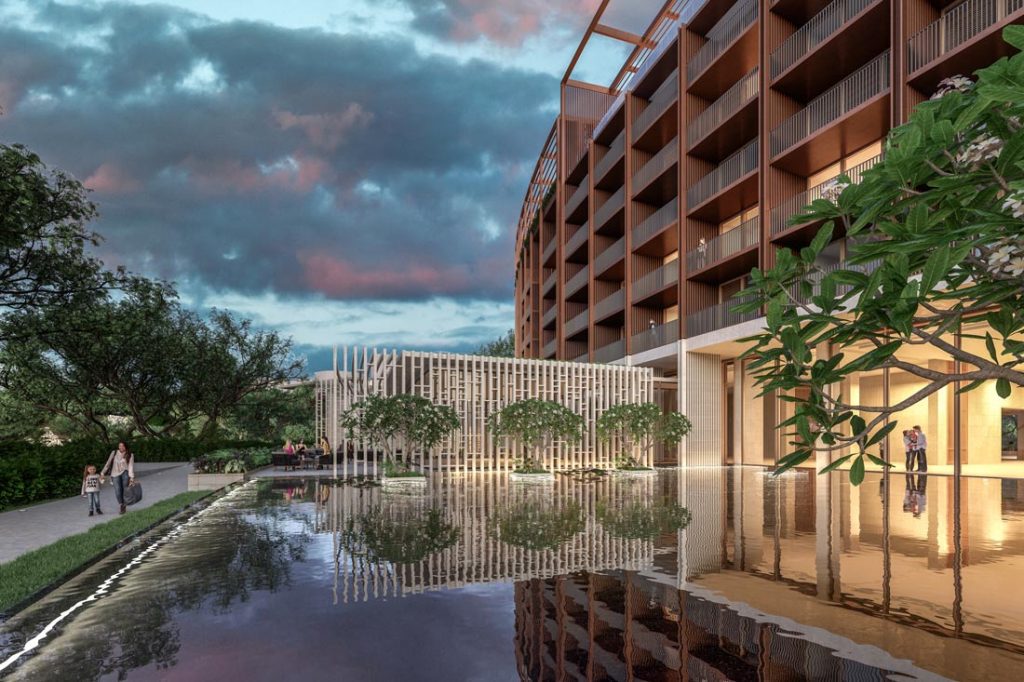
Design for the Westin Hotel Darwin by Bates Smart.
As architects, we strive to create buildings and interiors that stimulate a positive emotional response. We always start with a thorough analysis and research of the site, environment, local culture, people and context. Our current project The Westin Darwin demonstrates how a new build can be designed to maximise opportunities that reflect the culture, the people and the environment.
Located on a reclaimed Peninsula the building form has been designed to reference the layered histories of the waterfront landscape. We have used a local stone, used in many surrounding colonial buildings, which contains Porcellanite. The upper levels of the hotel’s facade are a contemporary architectural response to the tropical environment, with dark screens evoking the patterns of light and shadow present in the tree canopy.
This contextual approach is an honest response to both landscape and local materiality and enhances the connection between the building and its immediate environment.
The interior design celebrates the local community and strengthens the cultural exchange, with indigenous craftspeople contributing to finishes, fabrics and artworks. It is this level of design response and engagement that will contribute to the creation of a landmark hotel and a more authentic experience for guests, rooted in environment and culture.
There has been a shift in hotel design away from the importance of the physical space to the experiential space. Guests want to have the opportunity to engage with the local environment and have stories to tell on their return, such as the old Vietnamese gardener, who climbed a palm tree with a machete and chopped down a coconut for us to drink from as we arrived at our villa. We now need spaces that give us those experiences and those Instagrammable moments.
As designers we need to curate that journey – to celebrate place and culture in a way that helps the stories unfold from the moment of arrival, whether they are about the people, the architecture, the interiors, artworks, location or food.
Our new-build hotel projects should help create a meaningful narrative that celebrates local culture. They should blend the physical with the experiential to stimulate curiosity, cultural exchange and create great memories.
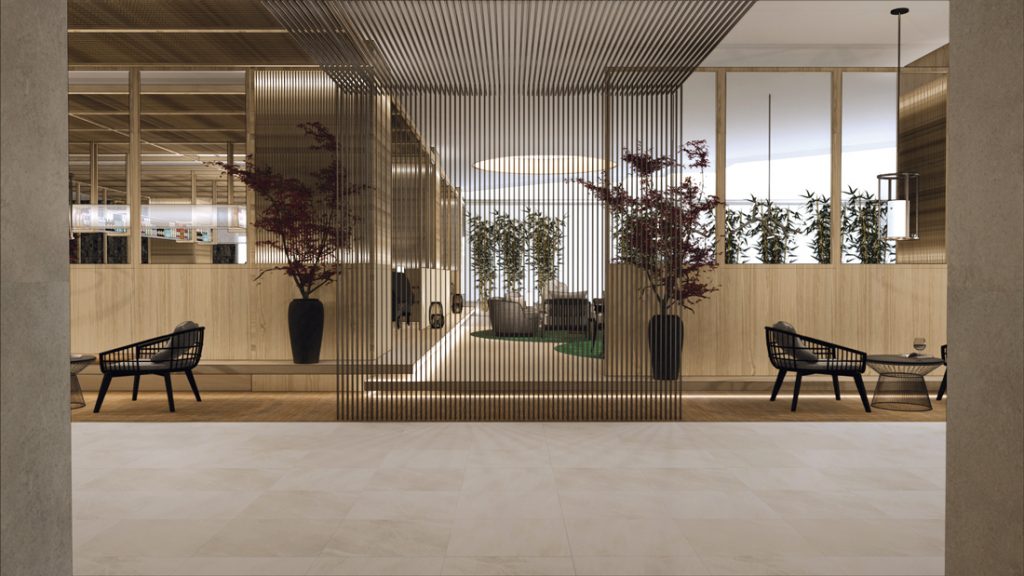
The design for the Ana Crowne Plaza Hotel in Kobe (lift entry to lobby) by Bates Smart.
Bates Smart’s design for the Ana Crowne Plaza Hotel in Kobe draws upon both Japanese minimalism and the traditional Zen garden, using natural materials such as stone and timber to create warm and authentic spaces.
The interior concept for the ground-floor tea bar has been inspired by traditional Japanese tea rooms (chashitsu). The elevated timber structure is surrounded by internal gardens and light wells above allowing guest to meander through the lobby. The introduction of a traditional tea bar brings much needed personality into the lobby space. Tranquil seating zones located around the lobby are accompanied by rock gardens, where guests can sit and wait or think.
We researched traditional Japanese crafts. The bar uses smashed porcelain with gold inlay referencing the traditional Japanese art form of kintsugi. These authentic touch points have been carefully integrated to tell a story and immerse the guest in a local experience.
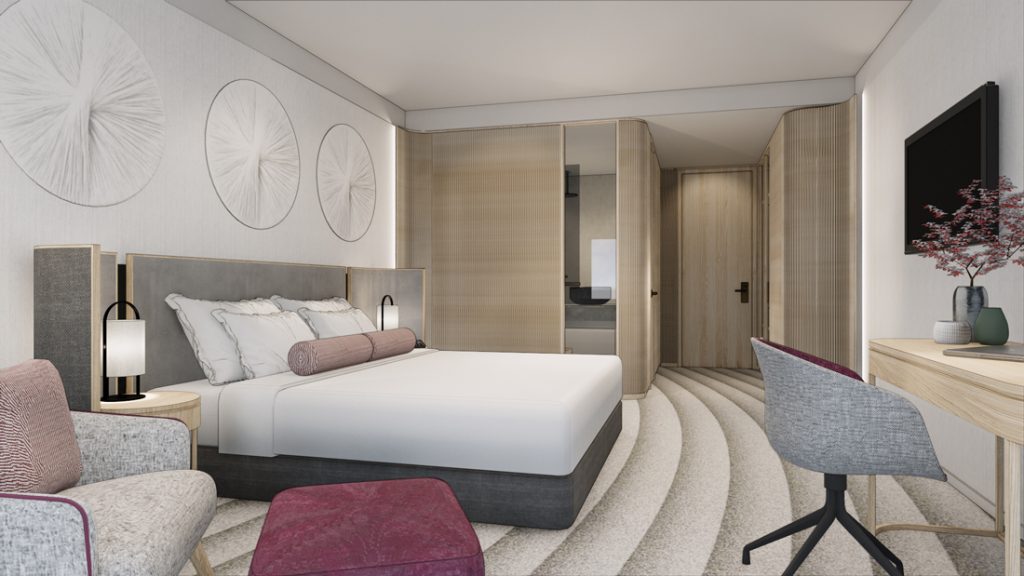
The design for the Ana Crowne Plaza Hotel in Kobe (guest room) by Bates Smart.
INDESIGN is on instagram
Follow @indesignlive
A searchable and comprehensive guide for specifying leading products and their suppliers
Keep up to date with the latest and greatest from our industry BFF's!
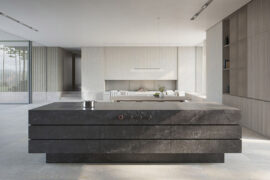
For those who appreciate form as much as function, Gaggenau’s latest induction innovation delivers sculpted precision and effortless flexibility, disappearing seamlessly into the surface when not in use.
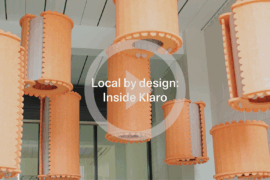
In an industry where design intent is often diluted by value management and procurement pressures, Klaro Industrial Design positions manufacturing as a creative ally – allowing commercial interior designers to deliver unique pieces aligned to the project’s original vision.
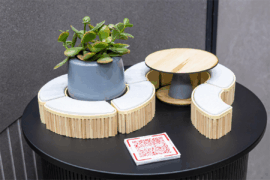
From the spark of an idea on the page to the launch of new pieces in a showroom is a journey every aspiring industrial and furnishing designer imagines making.

Merging two hotel identities in one landmark development, Hotel Indigo and Holiday Inn Little Collins capture the spirit of Melbourne through Buchan’s narrative-driven design – elevated by GROHE’s signature craftsmanship.
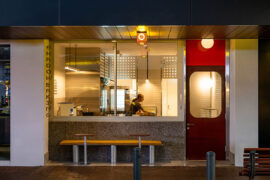
Working within a narrow, linear tenancy, Sans Arc has reconfigured the traditional circulation pathway, giving customers a front row seat to the theatre of Shadow Baking.
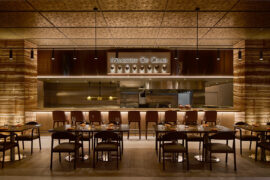
After more than two decades at Architects EAT, Eid Goh launches AIR, a new Melbourne-based studio focused on adaptive reuse, hospitality and human-centred design across commercial and civic projects.
The internet never sleeps! Here's the stuff you might have missed
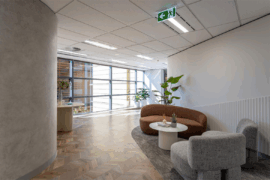
A thoughtful, low-waste redesign by PMG Group in collaboration with Goodman has transformed a dated office into a calm, contemporary workspace featuring a coastal-inspired palette and Milliken flooring for a refined finish.
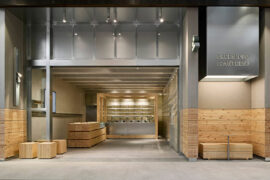
Hecker Guthrie brings a natural, material-led design to Green Cup’s new Chadstone store, pairing pine, steel and glass with a grab-and-go layout inspired by the brand’s fresh, organic ethos.